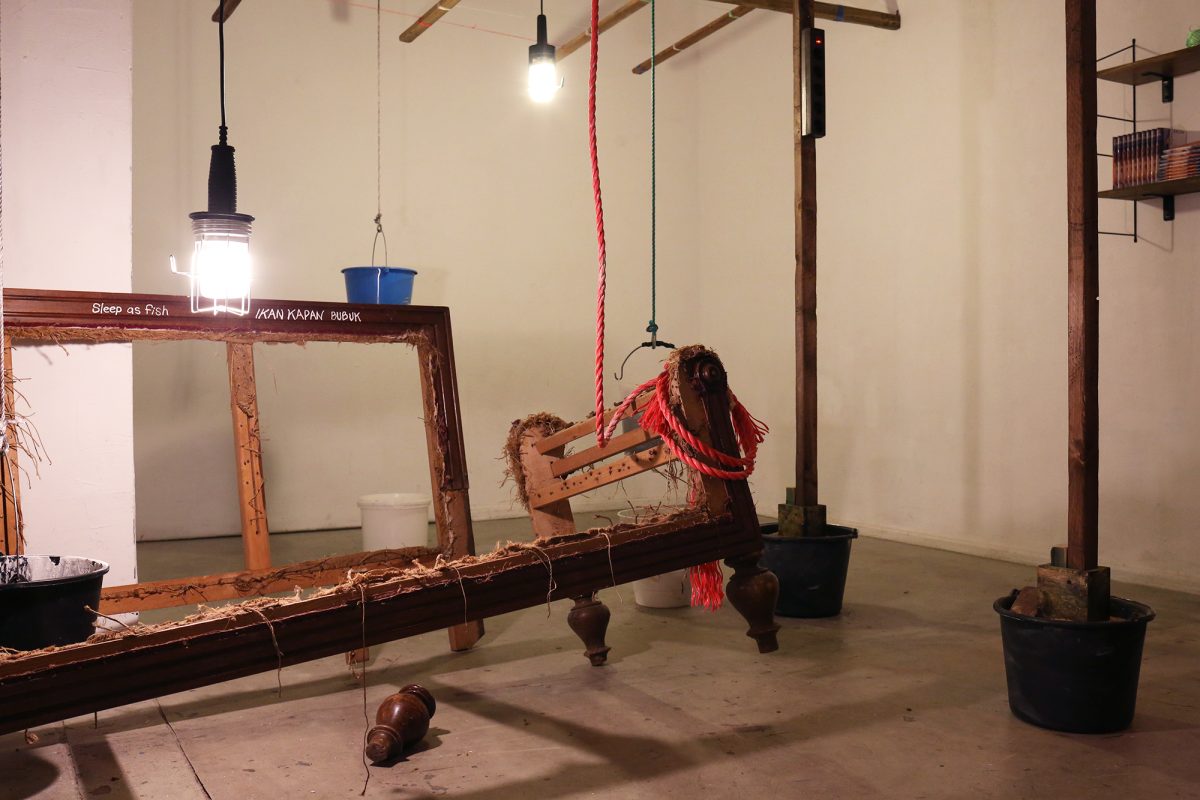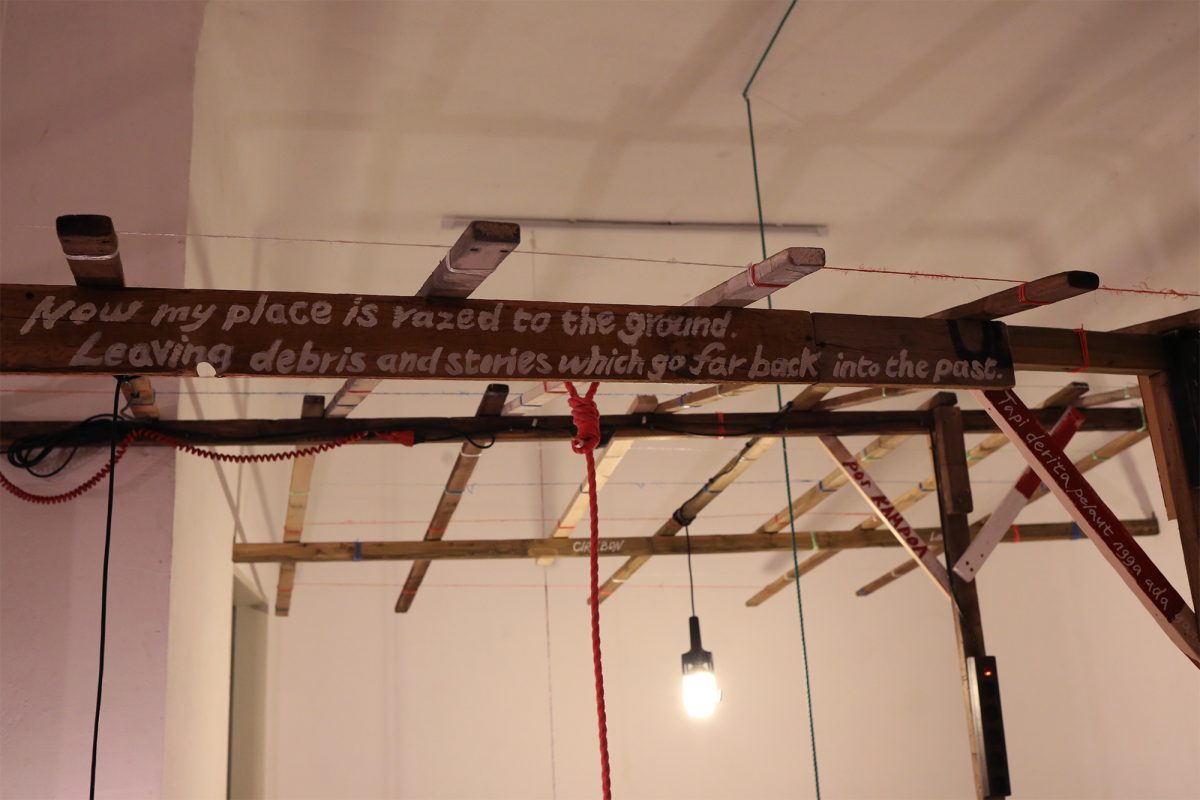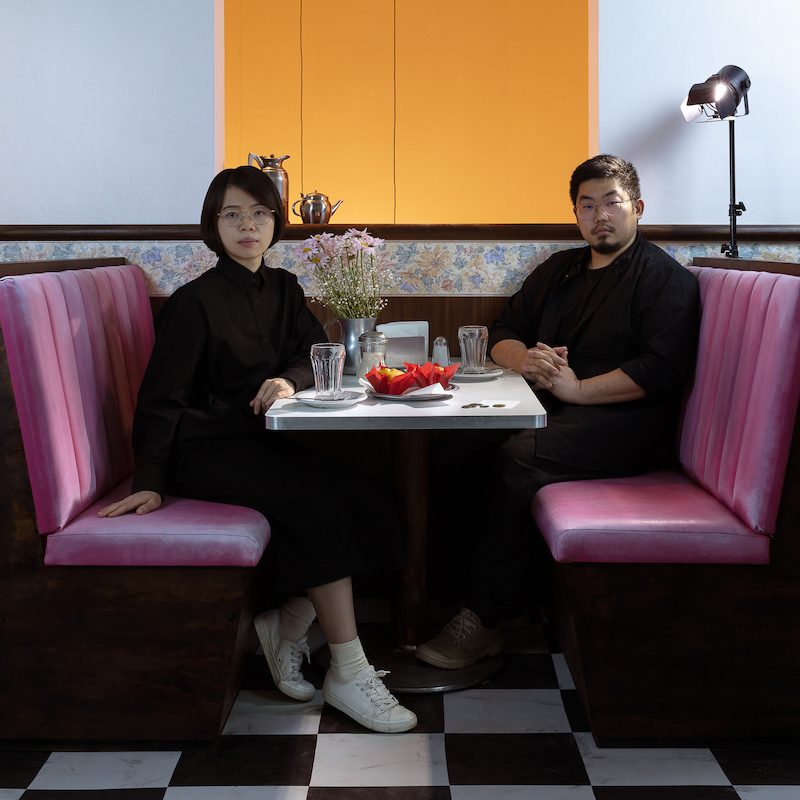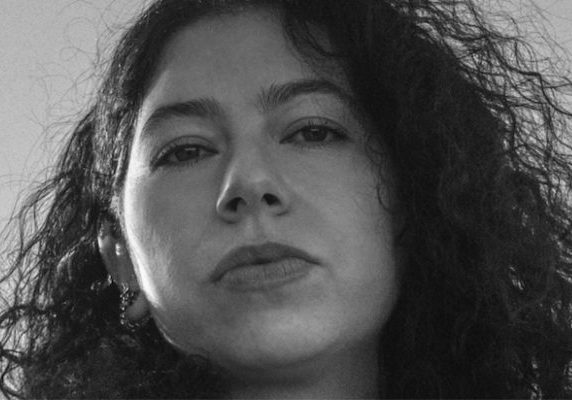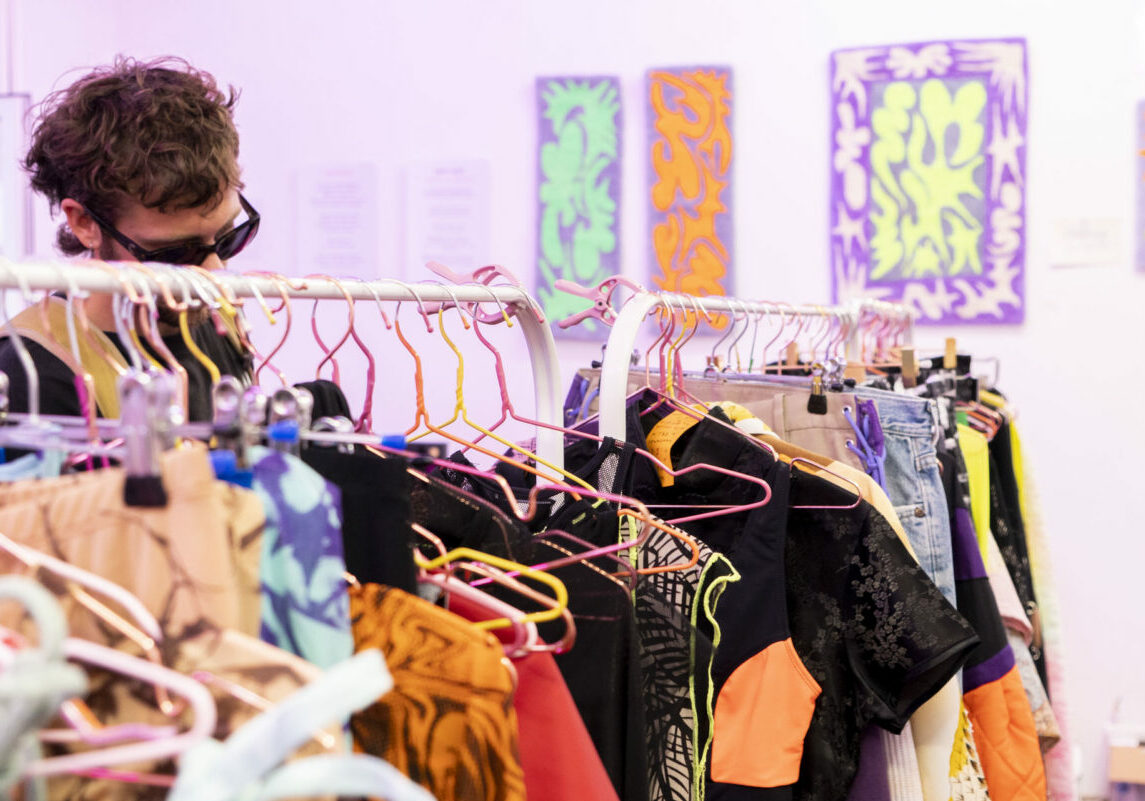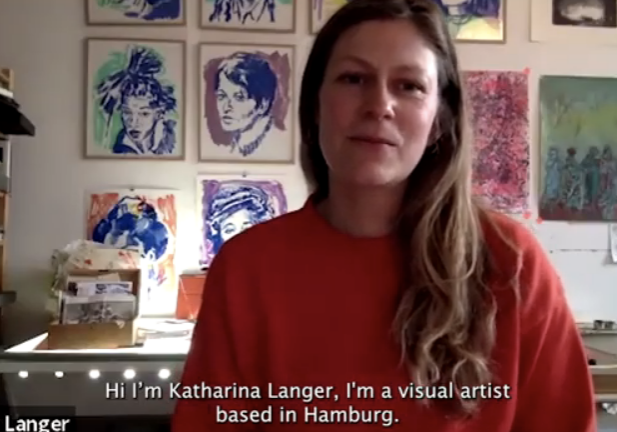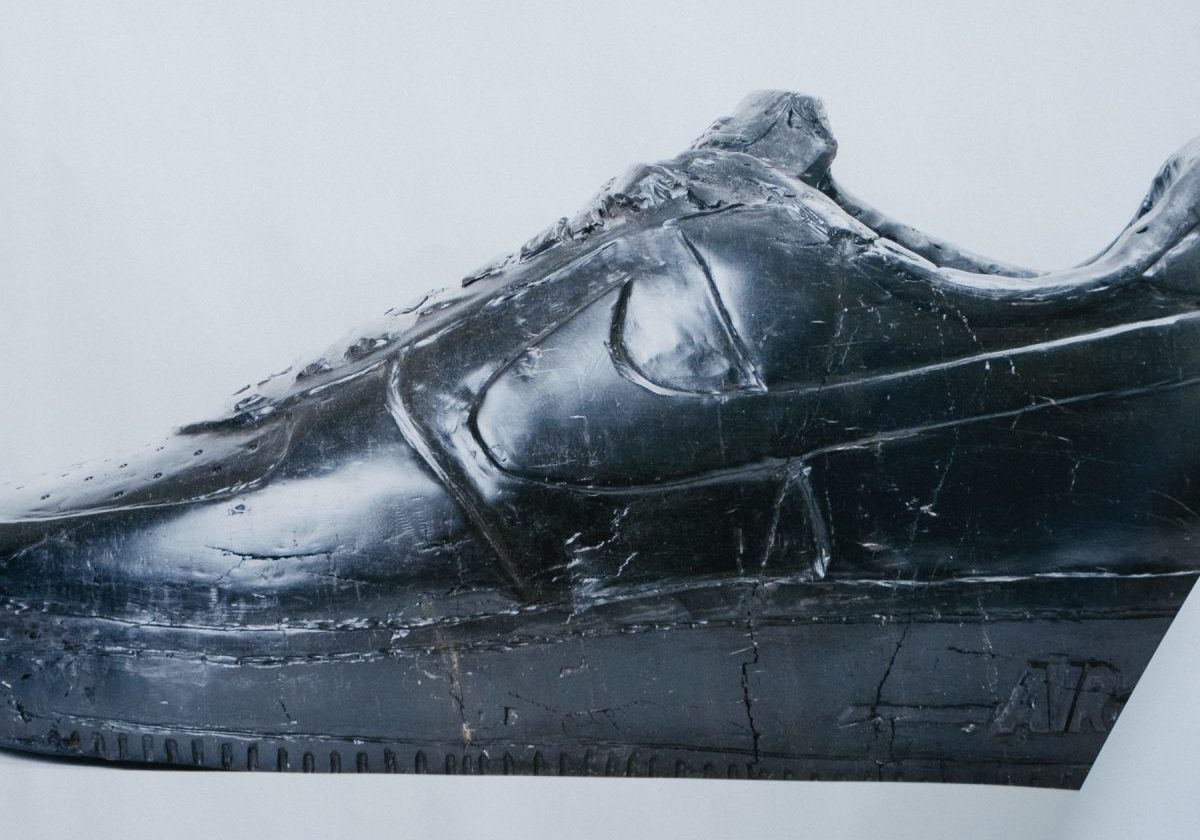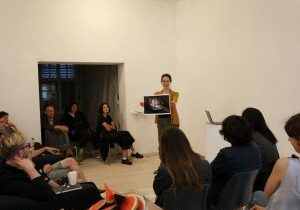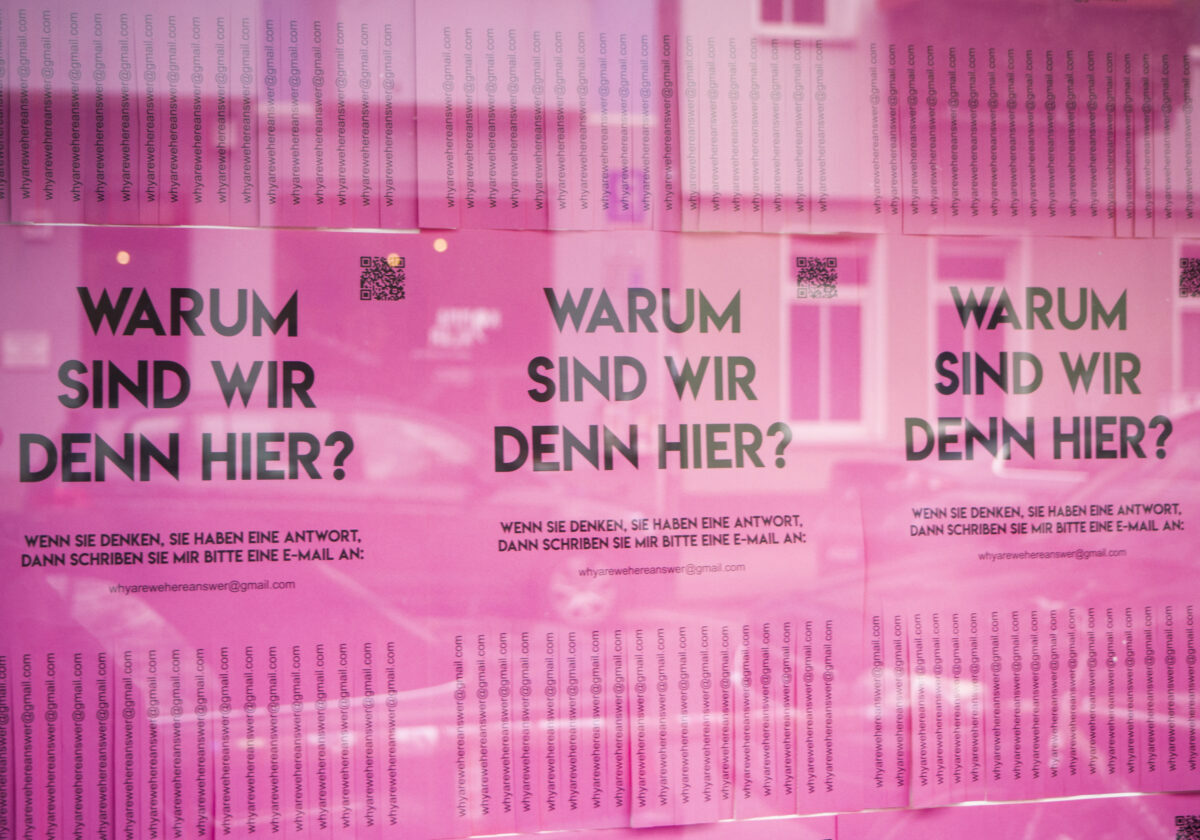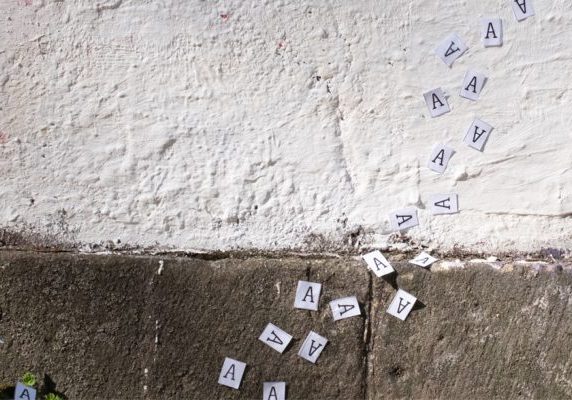Meet the Artist // Working Hard
“Working Hard” emerged in 2015, as the brainchild of the innovative collaboration between Wen-Ying She and Po-Yu Kuo. The creative duo operates at the intersection of audio memories and installation art, and their approach involves the meticulous reconstruction of imaginative spaces through archival techniques. Beyond being just the moniker for their art collective, “Working Hard” represents a profound philosophy.
Having earned their MFA sculpture degrees from Taiwan University of Arts, their artistic journey has been shaped by diverse experiences gained from travelling and living in several art residencies, immersing themselves in different cultures.
How did you start your artistic journey?
She: We have been using the name “Working Hard” since 2015, and we graduated from our sculpture degree in 2016. After our studies, we had a very special experience of a residency in Indonesia in 2017, which shaped our practice. We went to Yogyakarta, a city in Indonesia and we did the residency with LIFEPATCH. They are one of the groups that also participated in Documenta 15 last year. We worked with the Taiwanese group OCAC which invited different types of artists to go there and participate in this project. This residency lasted for one and a half months. We were very welcomed by the local community to participate in their activities, and we got so inspired by the environment. It was a very special residency as we weren’t just working on our own processes, our own practices, but there was a real focus on collaboration, and working together with artists and people living there.
Boy: The people of the residency had just moved to a new place, so we needed to talk about how to design this space, because the space is empty. We created stairs, and a pool, for people to meet there and spend time together. We made many workshops there.
She: When we rebuilt the house and fixed some stuff with them, we did an “open house” for people to come and visit. So, it’s not just our work. We really had to listen to the local people, and try to understand the culture of Indonesia.
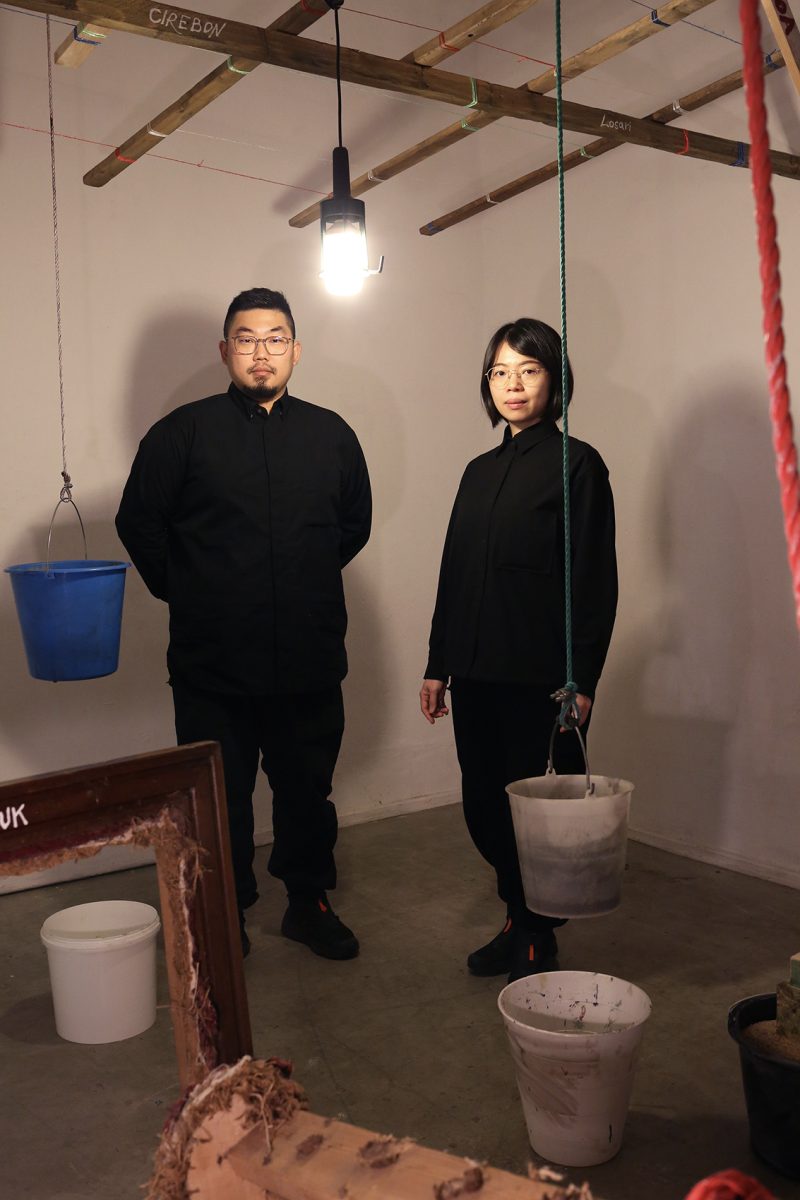
How did this experience lead you to your current practice?
She: This is how we started to work closely with people, have conversations with people, and not just focus on our own practice. In sculpture school, we learnt to concentrate on one piece only, to have an idea, to buy the material, and to build what we want alone in the studio. This residency really inspired and changed us.
You mentioned working individually and as a duo, but also the importance of working collectively with the populations around you and others. How would you describe your practice ?
She: I would say we work in the border between visions and the self-scape, and the relationship, and the history of the culture, and the social landscape. I think our work presents different angles and different shapes. It’s based a lot on dialogues.
What are your inspirations, apart from the place where you travel to and the social landscape? What are the themes that inspire you the most?
She: We are inspired by things soon to be forgotten, or things which will soon disappear. We are also inspired by daily life. Not just talking about the object of daily life, but about how to figure out daily life in Berlin. It’s not so easy for outsiders. This is not our country, this is not our language, so we become more sensitive to how people survive in this urban space, where daily life can become very complicated.
Do you think the city of Berlin has an impact on your work?
Boy: During our stay in Berlin, we saw some other foreigners from outside, like people coming from immigration, especially Turkish or Vietnamese people. We are focusing now on getting to know about these immigration waves, how Vietnamese people came as migrant workers around the 50s, 60s.
She: Vietnam had a complicated political situation at the time, with the war. People from the North and the South came to Berlin in different ways; some people ran away from the country and became refugees, while others were allowed to come to work. So, even within the community, people come from very different situations. This is one of the topics we want to research in Berlin. We did another residency in Berlin already, last year, and we were interested in the German language, because we can’t speak it.
Boy: Some migrant workers here only speak Vietnamese as well. So, for us it can be a little difficult to “get inside” the community and have conversations. We had a tour guide, and visited the Dong Xuan Center, where they built warehouses and lots of shops and restaurants.
She: We are also interested in the topic of isolation. It seems like some groups of people moved to Berlin, settled down here, but didn’t become really local, and stayed isolated. Like in a safety bubble. People don’t really understand each other.
As community, dialogue and meeting people is very important for your work, you’ve been going from residency to residency. Is that what motivated you to come to GlogauAIR?
She: Doing our last residency in Berlin, in Künstlerhaus Bethanien, we met another artist who participated in the GlogauAIR residency program before. He told us that, in his experience, GlogauAIR felt like an art village, with more opportunities for connections than in Bethanien. Bethanien is way bigger, and everyone has their own kitchen in their studio, so people don’t use the common space so much to have tea or talk together. We still made lots of friends there, but we’ve been told GlogauAIR felt warmer, more like a collective. We also like that everyone starts at the same time, and live together for at least three months.
